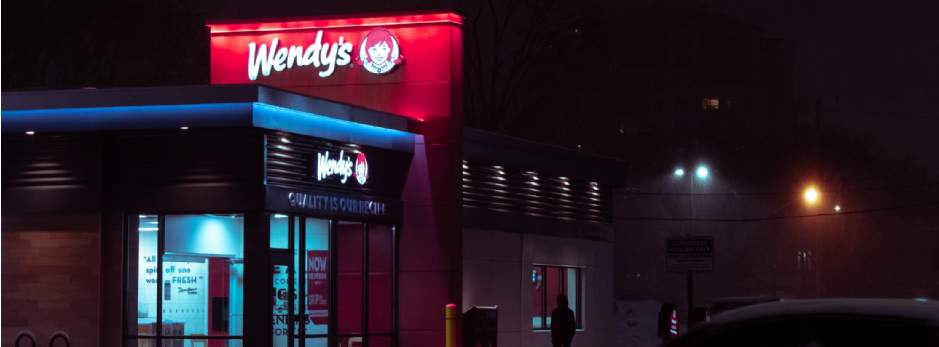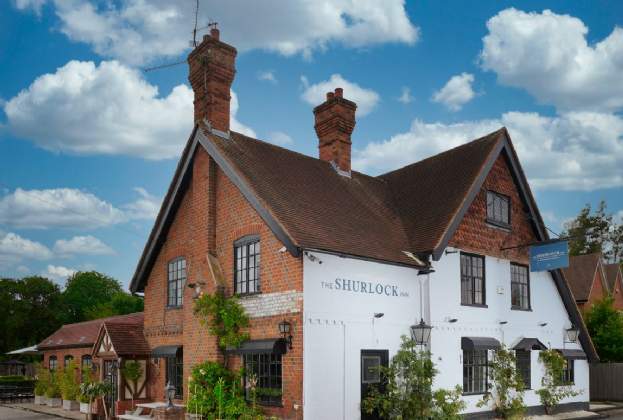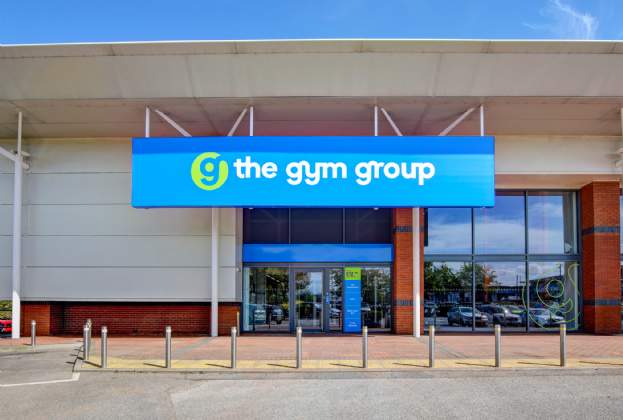The Quick Service Restaurant (QSR) market, traditionally referred to as the fast food market, has grown exponentially in the UK in recent years.
A sector that has historically been associated solely with the likes of McDonald’s, Burger King and KFC has seen a raft of new, innovative brands put down roots this side of the pond, and many have expanded so quickly they have become mainstream household names in their own right.
In fact, in the last two years alone we have seen the entrance of several major new US operators including Wendy’s (a Savills client), Popeye’s, Tim Hortons, Wingstop and Slim Chickens, alongside Jollibee, which expanded into the UK from the Philippines and German Doner Kebab from Germany. The increasingly competitive market has seen these brands differentiate themselves from one another through factors such as social media presence, store fit out and product quality, building excitement around their brands which in turn has been a key aspect in generating footfall and sales.
During the Covid-19 lockdowns, many of these operators were able to continue trading well due to their established drive-thru and delivery businesses, which they could lean on when dine-in options were forced to close. Therefore it’s unsurprising that operators such as Wendy’s, Popeye’s, and Tim Hortons operate a drive-thru model alongside their in-line (dine-in) sites, and while the likes of Jollibee, Wingstop and Slim Chickens have stuck solely to in-line we expect some operators may look to expand into the drive-thru market in the future, as Five Guys did with great success earlier this year.
However, regardless of drive-thru or dine-in, what’s clear is that these operators are targeting high profile locations, often focusing on London in the first instance and then expanding throughout other major cities, up to and including Edinburgh. In several cases, brands begin their UK expansion by acquiring company-owned sites before dividing the UK into territories and rolling out a franchise model as was done by the traditional players such as Burger King or, alternatively, selling a master franchise for a specific country, as has been the case with Slim Chickens, with the master franchise being led by hospitality group Boparan.
So what does 2022 look like for the sector?
We expect to see continued growth for these brands and are likely to see operators widen their target areas and build out their brand presence in areas where they are already established. In addition, with sustained demand for delivery, we expect to see a larger number of dark kitchens open for these operators, as we have already seen with Wendy’s.
Most significantly we are likely to see a number of drive-thrus open for these operators. Due to the longer lead in time for drive-thru sites, many of which are built from the ground up and can therefore take 12-18 months to become operational, we expect to see a number of these sites come to fruition next year. Watch this space.
Further information




.jpg)


.jpg)


.jpg)